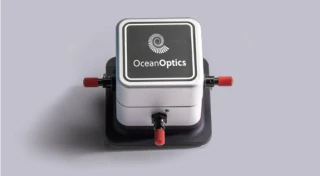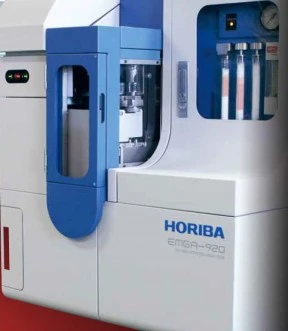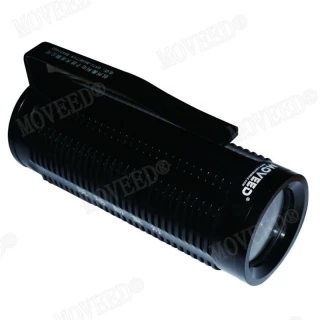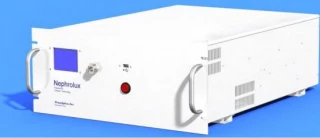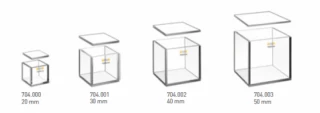Material Analysis and Forensics
Frequently Asked Questions
What is material analysis?
Material analysis is the study of the chemical and physical properties of materials, usually with the goal of identifying and characterizing them. This can be done through a variety of techniques, including spectroscopy, microscopy, and chromatography.
What is forensic analysis?
Forensic analysis is the application of scientific techniques to the investigation of criminal and civil cases. In the context of material analysis, forensic analysis may involve the use of spectroscopy, microscopy, and other techniques to identify and analyze evidence in criminal investigations.
What is Raman spectroscopy?
Raman spectroscopy is a technique used to study the vibrational modes of molecules. It involves shining a laser on a sample and analyzing the scattered light to determine the molecular composition of the sample. Raman spectroscopy is often used in material analysis and forensics because it can provide detailed information about the chemical makeup of a sample.
What is X-ray diffraction?
X-ray diffraction is a technique used to study the crystal structure of materials. It involves shining X-rays on a sample and analyzing the diffraction pattern of the scattered X-rays to determine the crystal structure of the sample. X-ray diffraction is often used in material analysis and forensics because it can provide information about the crystal structure of a material, which can be used to identify it.
What is mass spectrometry?
Mass spectrometry is a technique used to determine the mass and composition of molecules. It involves ionizing a sample and analyzing the resulting ions to determine their mass-to-charge ratio. Mass spectrometry is often used in material analysis and forensics because it can provide detailed information about the chemical composition of a sample.
What is infrared spectroscopy?
Infrared spectroscopy is a technique used to study the vibrational modes of molecules. It involves shining infrared light on a sample and analyzing the absorbed or transmitted light to determine the molecular composition of the sample. Infrared spectroscopy is often used in material analysis and forensics because it can provide detailed information about the chemical makeup of a sample.
Discover advanced tools for material analysis and forensics with FindLight. Our comprehensive selection of spectroscopy and imaging equipment provides high precision and accuracy for a range of applications, including forensic investigation, material identification, and quality control. Browse our collection of cutting-edge products from leading manufacturers and find the right solution for your analytical needs.
